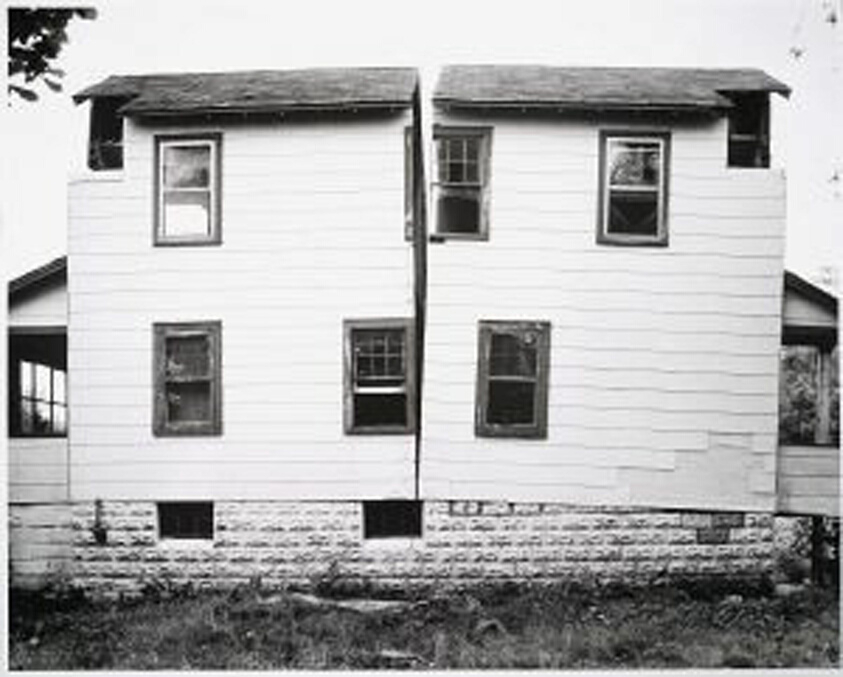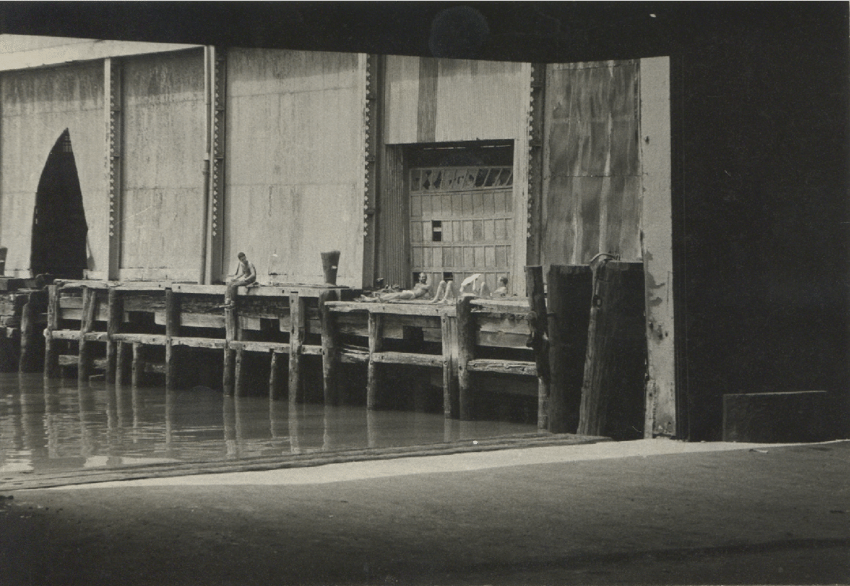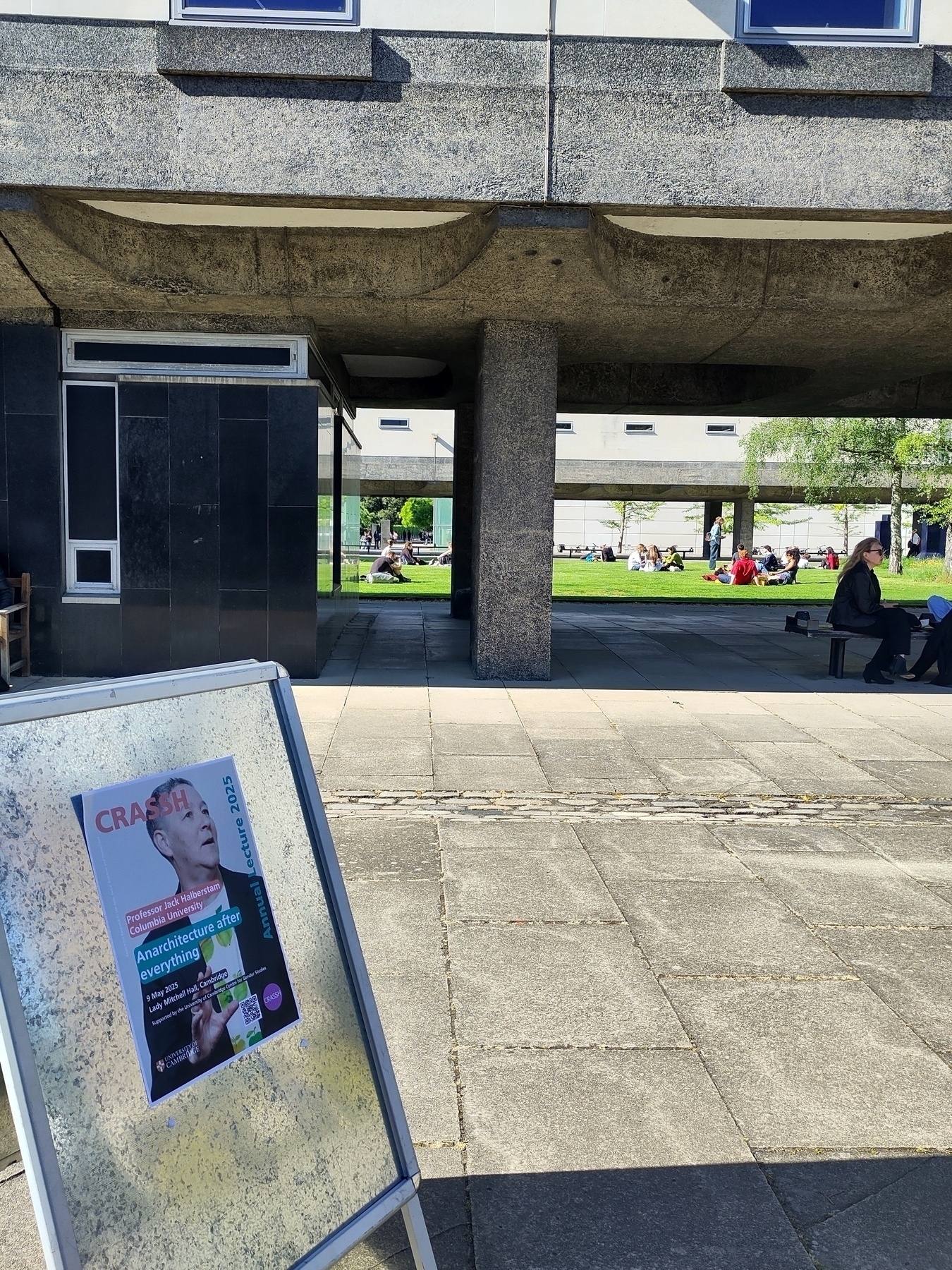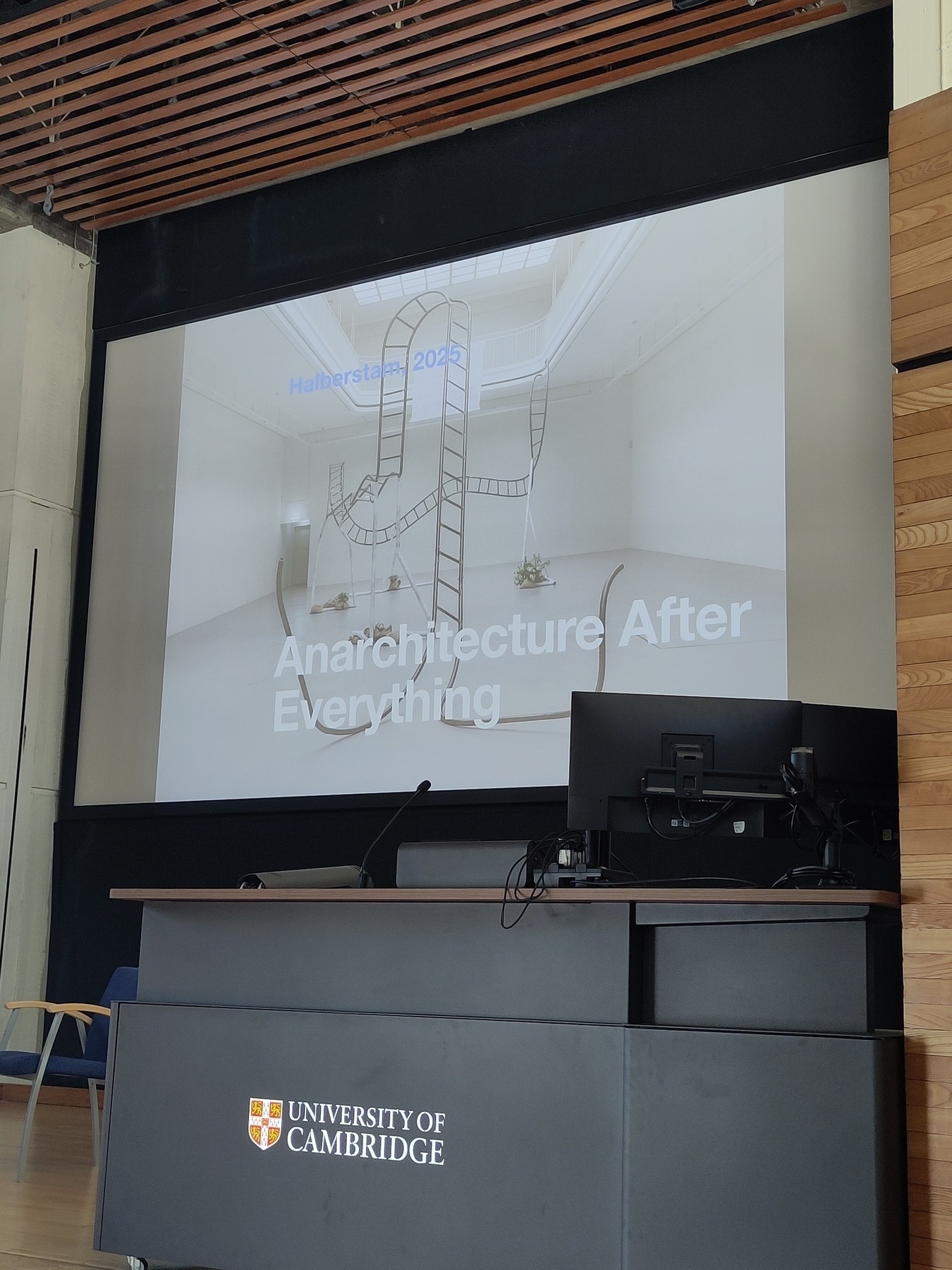It’s my second time back in Cambridge since I graduated in 2011. I stayed away for a long time because of trauma, as well as the awkwardness of my trans identity rapidly unfolding. When I studied here I was highly masking my neuroqueerness, living in a state of deep and dangerous denial. After graduating, I didn’t know how to engage with this place, especially with the people I knew here, during a period of rapid transformation and healing.
Jack Halberstam was one of the first queer writers I read when I started to unpick my tightly woven neuronormative and cisheteronormative mask. I moved to California for a couple of years, temporarily able to get a media visa due to a steady job for a games blog. During that period, I helped to organise the Queerness and Games Conference, which invited Halberstam to speak in conversation with Jasper Juul on the “art of failure”.
Halberstam’s conceptualisation of queer time has been essential as I navigate a life path that diverged over and over again, and has never really gotten back on track, always tumbling sideways into some kind of catastrophic liberation.
This lecture is about unbuilding and unmaking. “I would include, in the scope of things that have to be undone, the university”. The language of resistance that we’ve inherited is flawed. Rights of recognition from the state can be removed, as the recent Supreme Court ruling shows. “There’s never been a better time to think about anarchy”. The language we need today is splitting, cutting, unmaking, undoing, tearing down, collapse
1. Anarchitecture
“In the 1970s people were less sure about the relationship between property, subjectivity, individuality, and architecture” - squatting, art movements in abandoned buildings, alternatives to recognition from the state. Gordon Matta-Clark - American-Chilean artist. Went to grad school in 1960s to study architecture at Cornell. Then throws all the training out the window and decides that his mission is not to build a new city, but to unbuild everything. He foresaw the world of real estate capital that we now almost unavoidably inhabit.
Halberstam: “worldbuilding is a colonial term that we should be deeply suspicious of. This isn’t the 90s anymore. This isn’t a moment for utopian thinking. We have inherited a lousy world, and we have to figure out how to tear it down.”
Cut voids into buildings, to show that “nothing does something”.
Le Corbusier: “There are two options: architecture or revolution”. Le Corbusier chose architecture. Matta-Clark chose revolution.

Splitting, 1974. Photograph shows a wooden house broken clean down the middle. “The work is not the house that has been split. The work is the split - the v-shaped void in the middle… The split is a reminder that also the house is nothing,” the house is an empty space around which walls and a roof have been constructed to give it value as real estate. Creating this split is actually a complicated procedure that takes a lot of skill. Taking things apart is a skill that we seem to lack.
“If a museum wants to collect my work, they should invite me, and I will make a split in their museum!”
Metamorphic cutting - Halberstam points out that it resonates with trans experiences, as our bodies are also formed through metamorphic cutting that reveals the contradictions of binary gender as a system.
The final cut is to remove Matta-Clark himself! We don’t need another boy genius. As an anarchist, he did not want to be the proper name behind anarchitecture.
2. Anarchitectural trans/queer history
John D’Emilio, “Capitalism and Gay Identity” - emergence of queer identities coincides with the emergence of wage labour, increased individual autonomy as people leave rural relations working for lord of the manor and family.
Linda Goode Bryant, “Flag Wars” - study of a neighbourhood in Columbus, Ohio that was gentrified by white queer community, displacing Black residents. Capitalism and LGBTQ+ have often been linked in ways that we should pay more attention to.
Christopher Chitty, deflationary queer history - roots in sodomitical relationships in 16th C Italy, used to gather intel and take down political rivals, Machiavelli’s The Prince is really about sodomy! Sexual hegemony, gay and lesbian figures play a role in capitalism e.g. Andy Warhol.
1973 anarchist Silvia Rivera forced her way onto Christopher Day parade insisting on speaking for her brothers and sisters in jail, calling people out for inaction. STAR is where the action was, not Stonewall! Sustained activity to take society apart!
3. An aesthetics of collapse
Matta Clark, Day’s End - sail-shaped cut made into an abandoned pier. Photo by Alvin Baltrop, 1975 shows gay men cruising in front of it. In addition to documenting gay life, it’s also foregrounding collapse through the cut, showing dereliction.

4. In the break
Antagonist in the narrative - important for recognising what anarchitecture comes to oppose. Philip Johnson - invited to be the architecture director at MoMA when it was founded, despite having no experience or training in architecture. Coined “international style” which became the dominant aesthetic for architecture. Visited Nazi Germany, thought it was wonderful, returned to the US and dropped out of MoMA to start a fascist party. “He thought it could really take off in the US, and he wasn’t wrong! He was just slightly out of sync in his timing”. Was a spy for the Nazis during WWII, suffered no consequences, and went on to be one of the most influential architects of the 20th century. Johnson repaired windows that Matta-Clark broke at midtown art gallery - illustrative of their contrasting political projects.
5. In our decline
Gravity Road, 2020 Jesse Darling The natural order of things. If you fall down and break you cannot be put back together again as you are. Worlds break. “Once you’re in the heart of a collapsing structure you will see that the future is not ours…”
Responses
I find myself agreeing passionately, while also being uncomfortable about the contradictions in myself. I think about my letter to my MP yesterday about cuts to disability benefit, the way I presented myself as a business owner wanting to make things better - a rhetorical move that felt gross as I was making it, but that I recognise as a form of cultural capital that I have to leverage if I’m to have any hope of getting through to someone. I argued that we have to rebuild, and that we cannot do so while hurting disabled people during an ongoing mass-disabling event. I have worried that sharing this letter publicly would put at risk my application to immigrate to Canada, since it draws attention to the role that state support plays in my life.
Perhaps this is the contradiction of interdependence under unjust systems: as a disabled person I might no longer have the luxury of fantasizing about the destruction of the state. This is a central problem with leftist accelerationism: how many vulnerable people have to be hurt first, before the damage reaches the more privileged and people are spurred into collective action? I’m the only person wearing a mask, as is usual in any academic space where people are discussing collective action problems.
Maybe one of the problems with this is the difference between spending energy destroying something that is already in a state of collapse, and investing in community care. Looking at the photographs of Matta-Clark’s work, the lack of plants stands out to me. I live in a town full of decay, and always something is growing out of the ruined remains. Entropy involves multispecies liveliness that is not present in the work discussed here.
In response to a student question, Halberstam - Anarchists talk about mutual aid and sustaining, whereas what Trump and Vance are doing is simply destruction. This is the only mention of mutual aid all evening.

